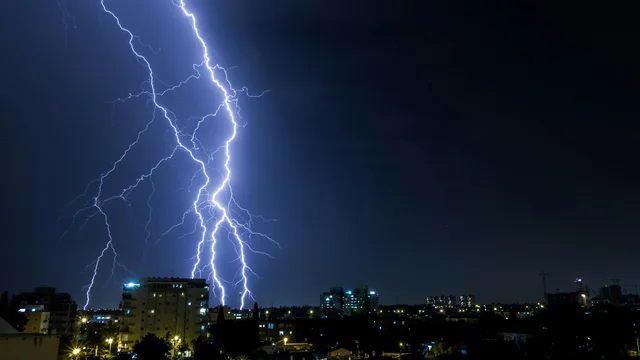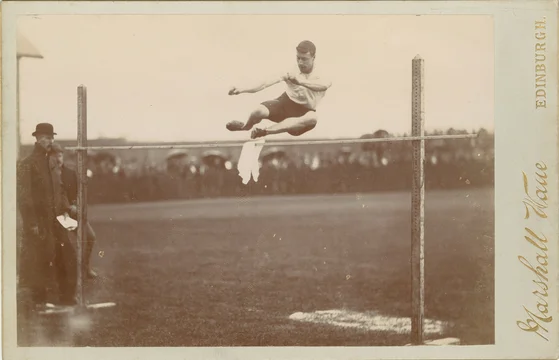
Chief Judge Stark today released his opinion on post-trial motions in Roch Diagnostics Co. v. Meso Scale Diagnostics, LLC, C.A. No. 17-189-LPS (D. Del.), following a jury trial last year that resulted in a $137m verdict and a finding of willfulness.
Damages Award on 65% Royalty Theory Confirmed
The Court denied a post-trial motion to undo the jury's damage finding, which equated to an approximately 65% royalty rate (or more, depending on the royalty base).
Interestingly, the jury awarded damages after a one-sided royalty rate presentation by Roche, the accused infringer. The Court had previously excluded the patentee's damages expert's opinion as to the royalty rate, because it used the wrong date for the hypothetical negotiation, and for failing to apportion damages (instead applying an entire value theory). Their expert was allowed to testify only as to the royalty base.
Nonetheless, the jury found for the patentee, and awarded a damages figure that corresponded to the entire claimed profit of the accused products using the patentee's claimed profit margin (75%) times their entire claimed base ($183m of sales). As the Court noted, those figures just happen to align with an award for the accused infringer's entire profit for all of the accused products:
The jury's damages award of $137,250,000 can be arrived at (exactly) by multiplying [the total sales of] $183 million by [the profit margin of] 75%.
Roche essentially argued that the jury's damages award showed that the jury had inappropriately awarded the entire profits from the product as damages—an outcome similar to the excluded damages testimony.
The Court disagreed, noting that the award could also have been reached if the jury had, on its own, expanded the damages base (there was some evidence to do so, even though plaintiff did not argue for it), and applied a 65% rate, which Roche had agreed to in a prior contract as to some sales. The Court thus let the damages determination stand.
Regardless, it's pretty incredible to see this kind of damages award after a totally one-sided expert presentation where the only expert testimony presented to the jury was that the appropriate royalty rate was 10.5%.
No Willfulness Where License Defense Based on Reasonable Contract Interpretation
The case involved a declaratory judgment action on non-infringement of the claims of three patents. The accused infringer relied entirely on a license defense based on interpretation of a contract.
Post-trial, Chief Judge Stark reversed the jury's finding of willfulness, noting that the accused infringer, Roche's, interpretation of the contract at issue was "entirely" reasonable:
Roche's interpretation of the operative contracts was entirely reasonable, as the Court explained during the summary judgment stage and reiterated above (in connection with analysis of Roche's challenge to the jury's liability verdict). . . . While the jury sided with [the patentee], the jury could have alternatively – and reasonably – sided with Roche (a verdict the Court would also have upheld). On Roche's reasonable interpretation of the contract provisions, Roche had no liability to [the patentee] for patent infringement. In the Court's view, it follows logically that at no time did Roche have a subjective intent to infringe (or induce infringement of) [the patentee]'s patent rights.
The Court found no willfulness as a matter of law, and also noted that even if the verdict stood, it would not award enhanced damages, for the same reasons.
If you enjoyed this post, consider subscribing to receive free e-mail updates about new posts.






